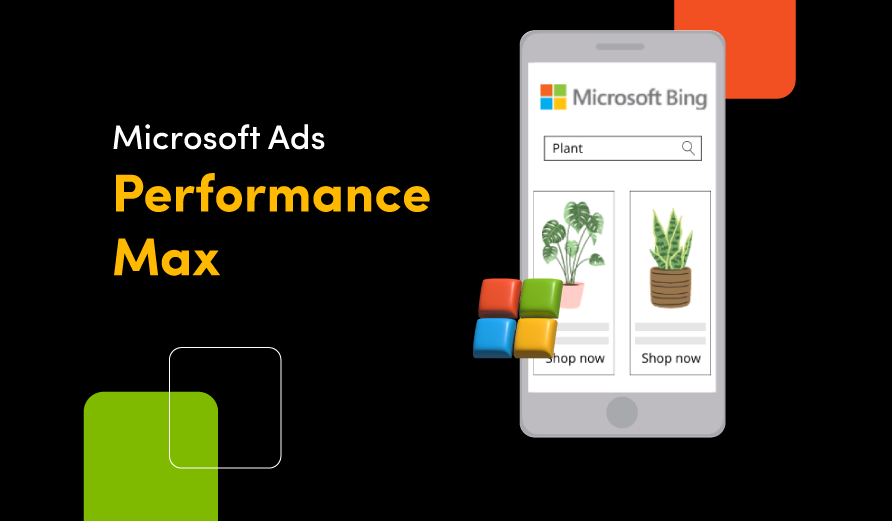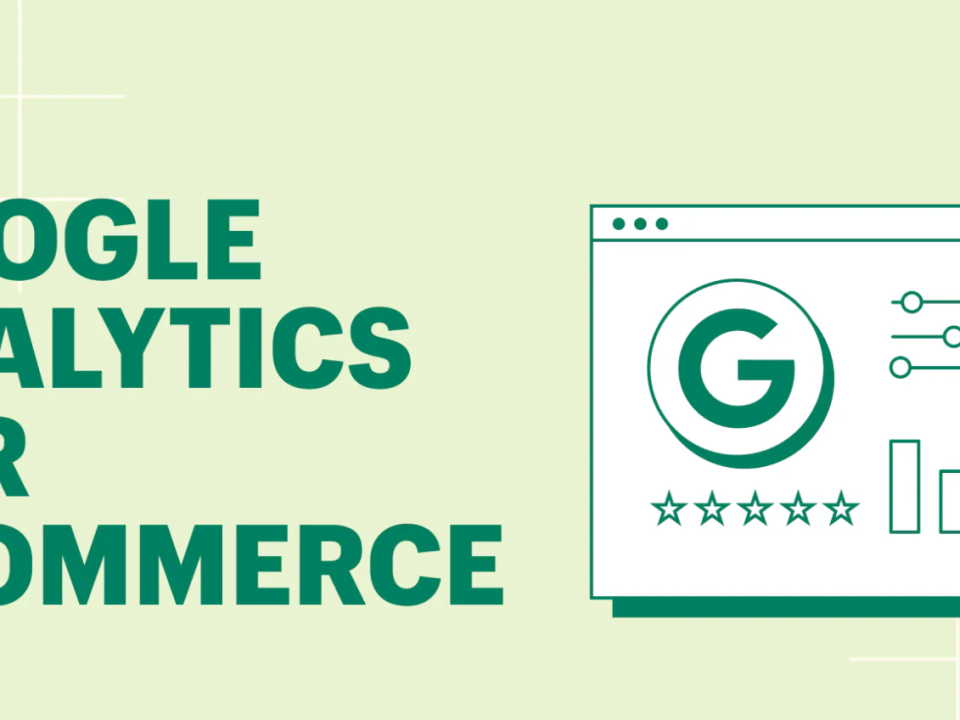- Call Now for a Free Evaluation
- +2347034964068
Coca Cola Promotional Activities Over Time And The Evolution of Creativity in Advertising.
Brand promotion encompasses any communication aimed at influencing consumers to purchase products or services. Over its nearly 129-year history, Coca-Cola has employed a myriad of promotional activities that have significantly impacted society and culture. The brand’s iconic logo and bottle designs are recognized worldwide, symbolizing its enduring image and presence.
The Four Pillars of Promotion
The main tools of promotion are advertising, sales promotion, public relations, and direct marketing. The primary goal of promotion is to ensure that customers are aware of the existence and positioning of products. In recent years, there has been a noticeable shift in marketing expenditures from traditional advertising to sales promotion. This shift, along with the rapid growth of database marketing and the fragmentation of media markets, represents key changes in the landscape. Promotion is best viewed as the communication function of marketing, with each promotional mix element having its own inherent advantages and disadvantages that influence its role in the overall marketing program. Marketers must strategically decide which tools to use and how to combine them to achieve their marketing and communication objectives.
Coca-Cola’s Promotional Strategy
For many years, Coca-Cola’s promotional efforts were dominated by mass-media advertising. However, the company has increasingly recognized the importance of integrated marketing—coordinating various marketing and promotional elements to create more efficient and effective communication programs. In 2021, Coca-Cola announced a strategic shift from primarily broadcast communications to creating an ecosystem of experiences for their audience and customers. This new strategy includes a refreshed logo and the tagline “Real Magic” .
Coca-Cola employs a diverse promotional marketing communication mix, utilizing channels such as TV advertising, social media, radio, print media, and pay-per-click (PPC) advertising. This comprehensive approach, known as the marketing mix, contrasts with the more limited strategies of smaller companies that often stick to one or two channels to avoid diluting their focus and budget.
Investment in Promotion
Globally, Coca-Cola spends approximately $4 billion annually on promotional advertising campaigns. This substantial investment is maintained despite significant expenditures on product development and innovation . In 2021, Coca-Cola Zero, a product of the Coca-Cola company, was the only carbonated soft drink to double its sales volume, highlighting the effectiveness of its promotional strategies .
Innovation and Sustainability in Promotion
Coca-Cola is committed to innovation, including developing new low-calorie sweeteners that can be mass-produced in fermentation tanks and creating recyclable plastic bottles made entirely from renewable plant-based materials. These innovations not only enhance product appeal but also support the company’s promotional activities by addressing consumer concerns about health and environmental sustainability .
Competitive Landscape
Coca-Cola and PepsiCo are dominant global brands, with other major companies like Britvic (UK), Cott (Canada), Red Bull (Austria), and Suntory (Japan) also playing significant roles in the beverage industry . While industry leaders like Coca-Cola and Keurig Dr Pepper have faced challenges adapting to shifting consumer tastes, smaller soft drink makers have successfully carved out niches in the market for natural and organic sodas. In response, Coca-Cola introduced a biodegradable bottle made from plant-based materials to enhance its promotional efforts and address environmental concerns .
Consumer Trends and Market Adaptations
Following a sharp decline in 2020, sales of carbonated drinks in vending machines began to recover in 2021, although they remained below 2019 levels. As consumers grew more confident spending time outside their homes and resumed their routines, vending machine sales of carbonated drinks were expected to increase annually from 2021 onwards .
Commitment to Social Responsibility
In 2017, Coca-Cola Great Britain launched a recycling-focused advertisement called “Love Story.” The ad, featuring a set made entirely of recyclable material, depicted two plastic bottles falling in love repeatedly, thanks to recycling. This campaign was a significant step towards Coca-Cola’s goal of collecting and recycling the equivalent of all its packaging by 2030 . Additionally, in 2018, The Coca-Cola Foundation announced it had given back more than $1 billion to communities worldwide since its inception in 1984, demonstrating the company’s longstanding commitment to social responsibility.
Conclusion
Coca-Cola’s reliance on mass-media advertising has historically positioned its products as low-involvement purchases for consumers. To transition these products to a higher experiential involvement, Coca-Cola must run promotional campaigns that evoke strong emotions. Emotional message appeal communication, employed across all media, will be essential in achieving this goal. By continuing to innovate and adapt its promotional strategies, Coca-Cola aims to remain a significant and influential brand in the global market.






6 Comments
Right here is the perfect site for everyone who wants to find out about this topic. You realize so much its almost hard to argue with you (not that I really will need toÖHaHa). You definitely put a brand new spin on a topic which has been written about for decades. Great stuff, just wonderful!
Nice post.
不知道说啥,开心快乐每一天吧!
Good luck!
Thanks!
Admiring the time and effort you put into your website and in depth information you offer. It’s nice to come across a blog every once in a while that isn’t the same outdated rehashed information. Fantastic read! I’ve bookmarked your site and I’m including your RSS feeds to my Google account.